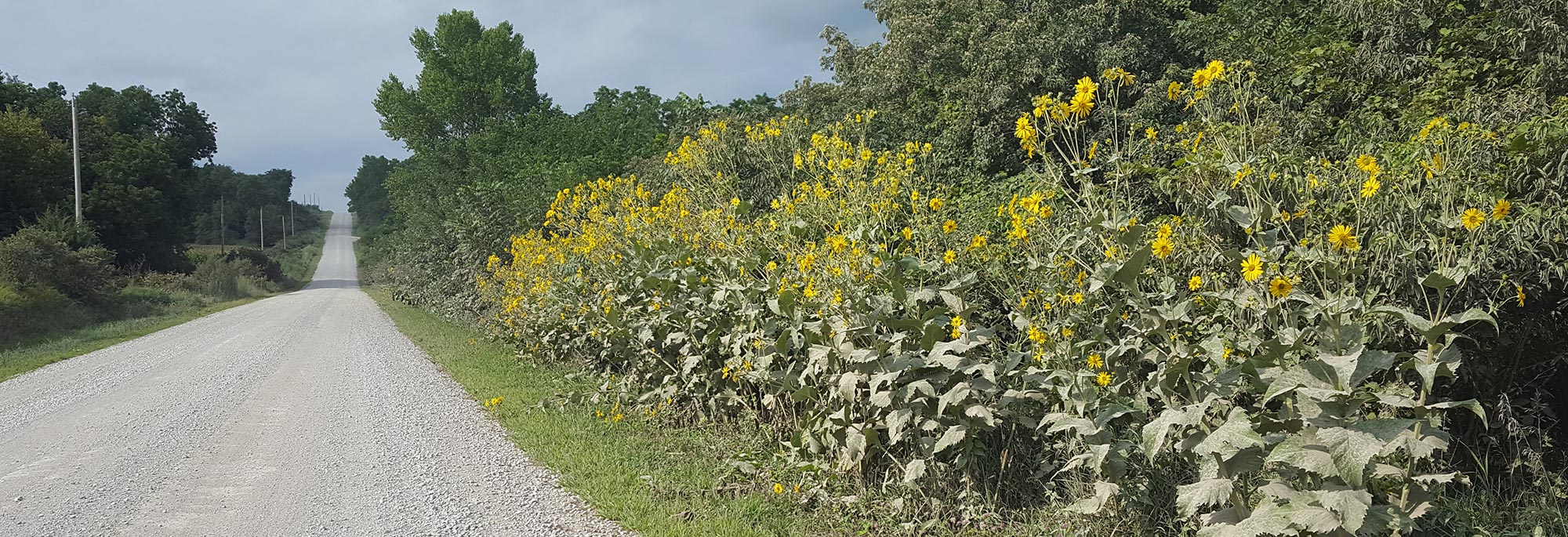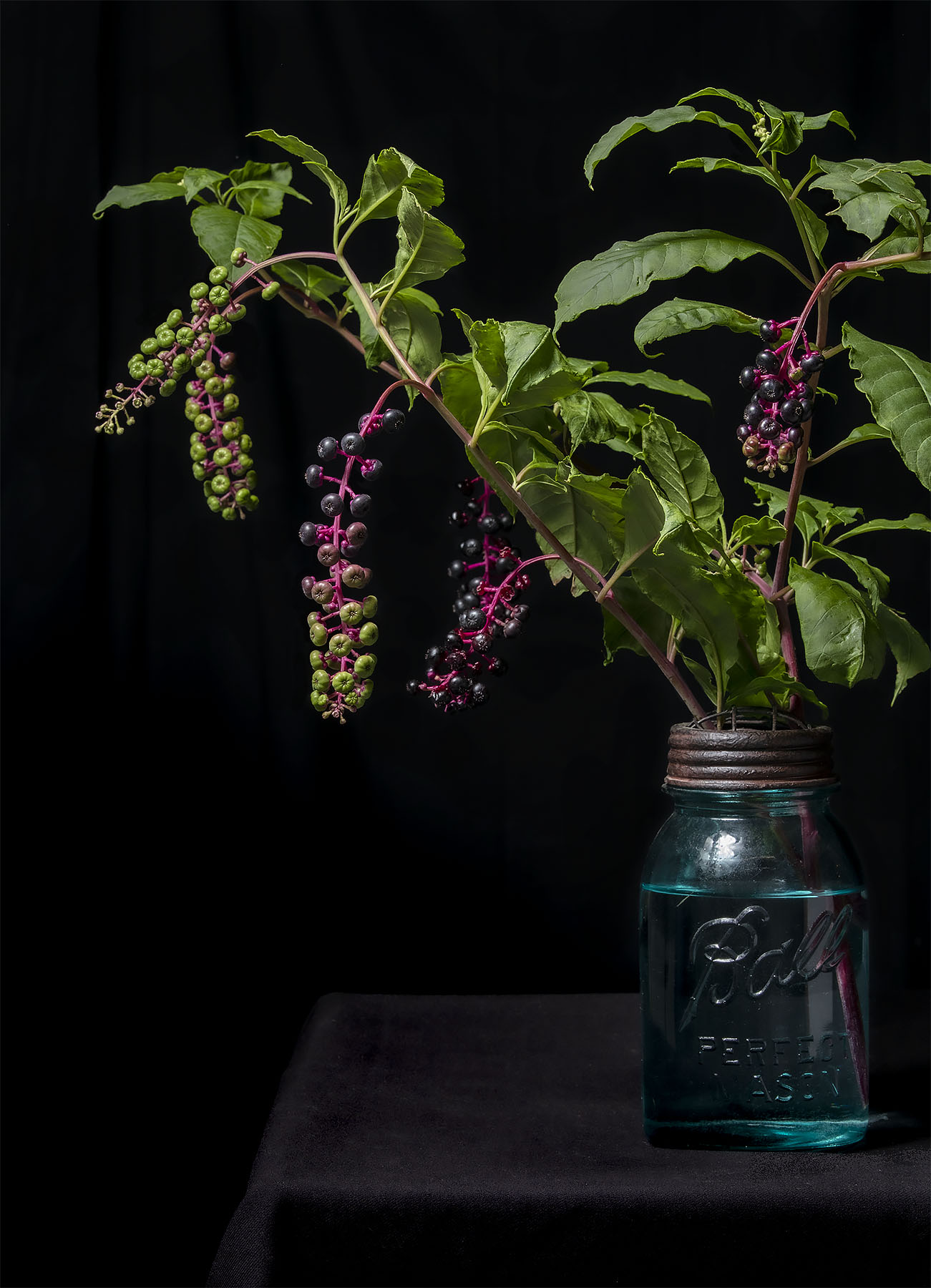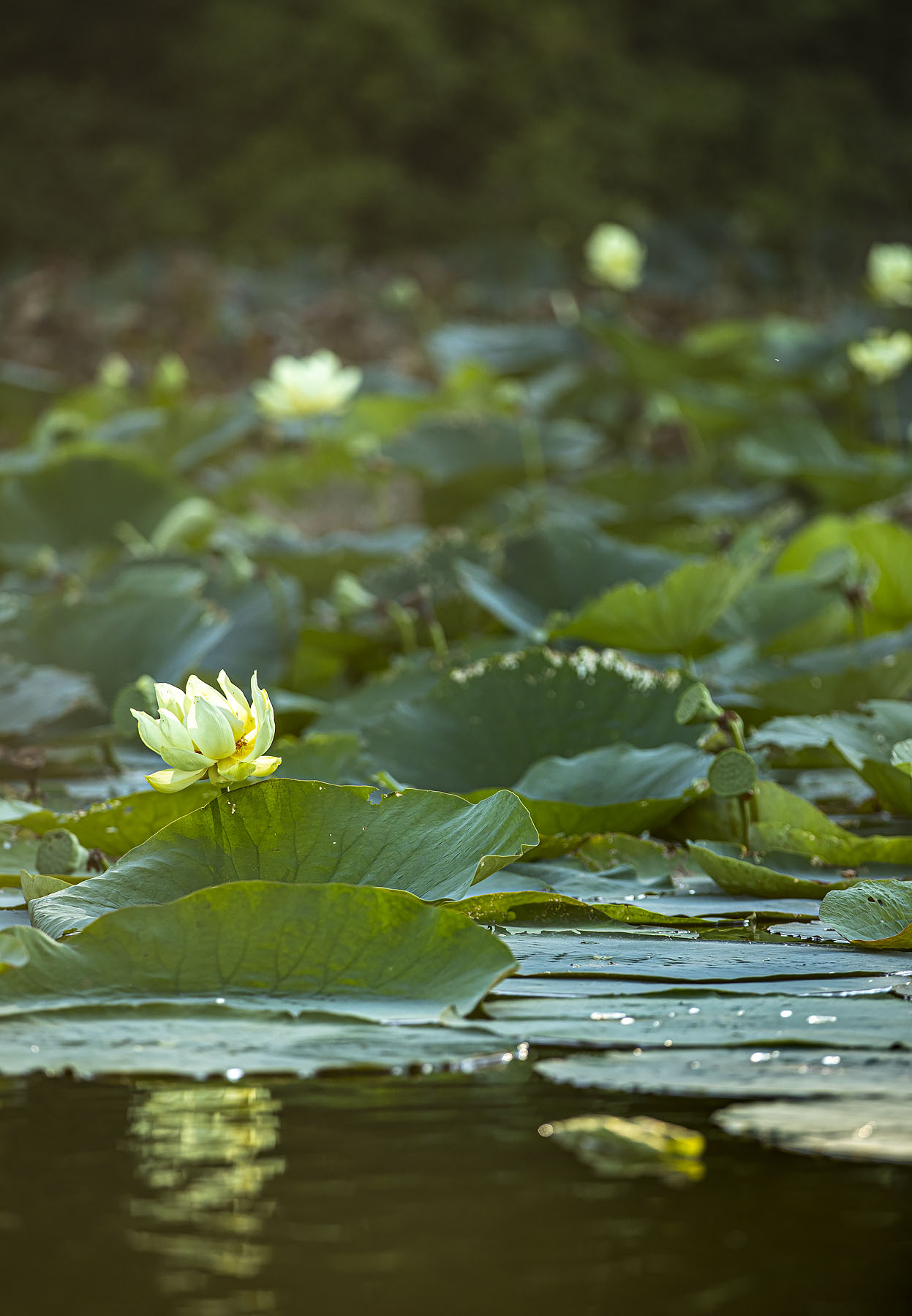Folks out in the country have a secret:
Every day, we wake up to natural marvels – plants, animals, landscapes, skies – that are as beautiful as what hangs in the Louvre.
But some of these marvels are so common, humble even, that they don’t jump out at you – like the flowers and grasses that grow in ditches along our gravel roads. Even if you notice them as you drive by, it’s easy to take them for granted after a while.
My goal with this photography project is to share these marvels with folks who don’t live here – and also with those who do, but just haven’t thought to check out the ditches recently.
So my focus is on the flowers and grasses in rural ditches, but I need some rules to narrow the scope. At first blush, rules sound like the enemy of a creative project, right? It seems like freedom would feed creativity and restrictions would smother it. Actually, it’s just the opposite – boundaries let you focus.
Here’s an example: several years ago, my team at work had the great pleasure of doing a creative workshop with Creative Boot Camp author Stefan Mumaw, who demonstrated the necessity of boundaries by charging us with designing a dog house. No other information was given – just “design a doghouse.” But for what size dog? In what climate? Like a luxury doghouse or something that’s cheap to build and keeps the rain out? Stefan’s challenge drove us nuts because we had too much freedom and couldn’t focus our energy … until he gave us some boundaries. Then, knowing where the lane markings were, we got creative and designed some way cool dog houses.
So to give myself direction and avoid “freedom paralysis,” I chose these boundaries for the ditch flower project:
- Plants have to be found in a ditch or natural area that is closely adjacent to a road
This isn’t a woodland flowers project – that’s a separate project for another time. - No commonly-cultivated plants
This also isn’t a garden flower project so no photos of orange daylilies, even though they often grow in ditches. - Only plants found within a 3 mile radius of my house
This is my “sanity rule” – I have a full-time day job and just shouldn’t spend all of my summer evenings and weekends trolling the ditches of a multi-county area … but I’d be tempted to do that if there wasn’t a rule against it! - Use only one light
Most of my previous studio photography work has been portraiture, and has used multiple lights. I’ve been looking for an opportunity to experiment with something like still life, and using just one light will let me explore what’s possible with a minimal setup. - No artificial staging
YouTubers galore have shared tricks to make flowers photograph better – wiring the stems so they bend a certain way, rubbing the leaves with cooking oil so they shine, and so on. But I’m interested in capturing each plant as it really grows, and not an idealized, Glamour Shots version. So no makeup artistry or physical manipulation. - No major digital reconstruction
I’m playing it straight here – no tricks in Photoshop either. If bugs have chewed off part of a leaf, then I’m not going to conjure up the missing part digitally.
Where there are rules, there will also be fine print. Here it is: I might make exceptions or alter the rules down the road. There’s a good chance I’ll find a rule too restrictive, or maybe I’ll add a new one. But these six rules give me enough boundaries and a focus to get started, which relieves a little bit of the anxiety of a new project.
What? You didn’t know about the anxiety? Discomfort is, like, 95% of photography! As a photographer, you learn from each photo you make, but you really learn when you’re stretching the limits of your skills and equipment in a challenging project. That’s scary. Add in the fact that photography is a visual medium and is meant to be shared with other people – people who will have opinions about your work. It’s real tempting to say “Eh, I’ll pass,” and keep on doing things you’re already comfortable with. But not this time!
So here’s to embracing the discomfort and spending my summer messing around in ditches!




